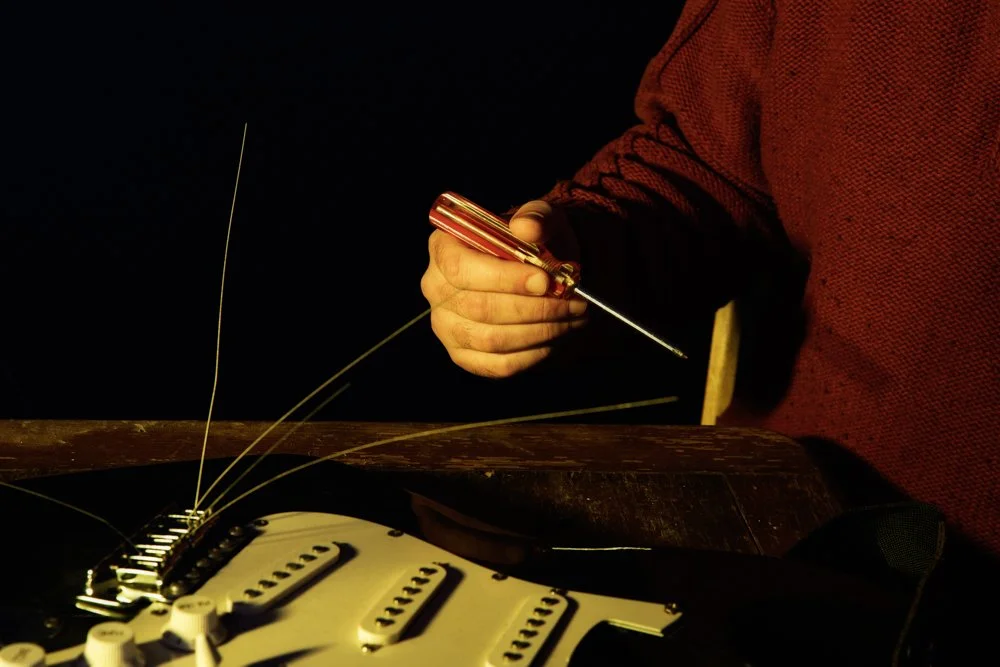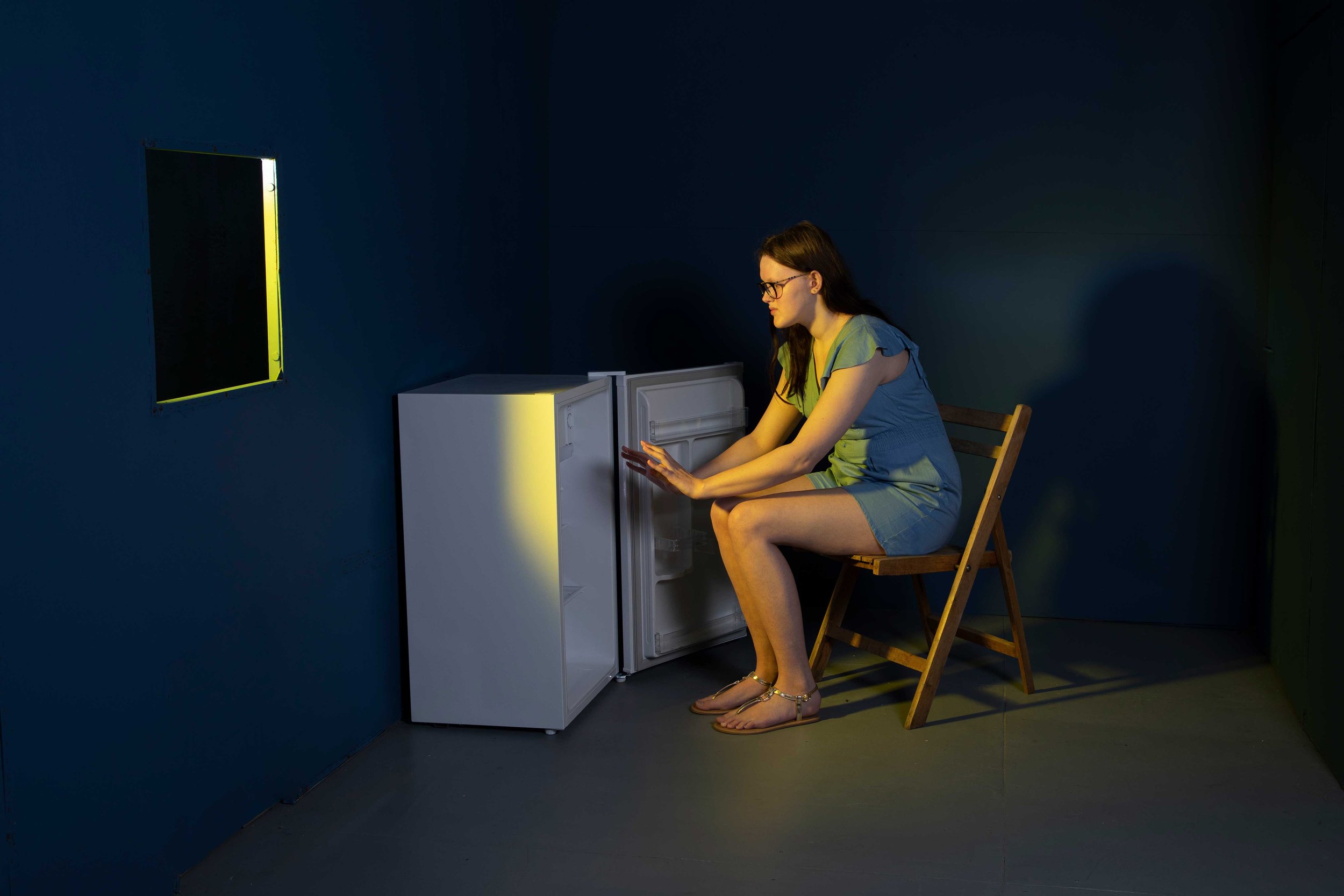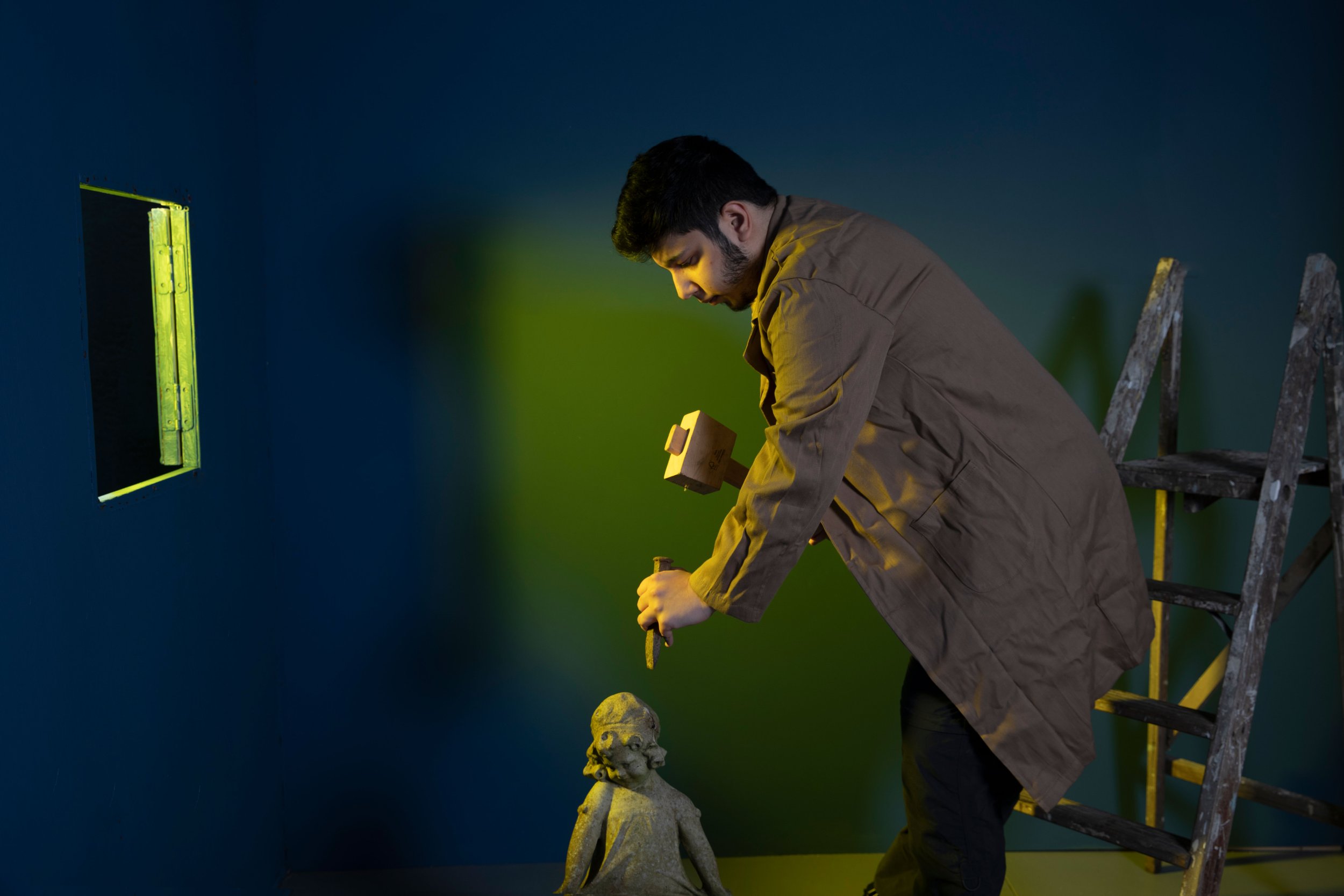Rhys has a very rare neurological condition called superficial siderosis.
Rhys has a very rare neurological condition called superficial siderosis. It was diagnosed back in 2016 when he was only 26. It is believed the condition had been developing since he was 8 years old after he had surgery to remove a brain tumour from the back of his head.
Rhys’ tumour was discovered after he started suffering from headaches, dizziness and tiredness as a child. After many visits with the GP, he eventually saw an optician who could see there was something wrong in the back of his eye. From the opticians, he was referred to see a specialist at the hospital who were concerned about raised pressure behind his eyes. A scan was carried out and it was confirmed that he had a brain tumour. He was transferred to the hospital for neurosurgery and the following day he had an operation to remove the tumour.
This was not the end of the treatments and appointments. Over his school years, he attended the hospital many times starting not long after his neurosurgery.
“I was sent home a day or two after the tumour was removed and I was recovering well but then I had similar symptoms again, plus a raised temperature. I went back to the hospital and I was diagnosed with meningitis. It didn't end there because two years later, just before I started high school, I had the same symptoms again and I was rushed back in and they said the pressure in my head was too high, and that I had hydrocephalus. I had an operation to put a shunt in. A shunt is like a drain that drains the extra fluid in the head and that starts to relieve the pressure. Over the years the shunt blocked a few times and each time it blocked I had surgery to unblock it again. In high school, the first year or two I had about five operations which is just a lot. Eventually, they put an extension on the shunt to the front of my head. And once they did that it finally seemed to resolve and I was fine, for a while. My path in life had changed yet again. I was a footballer, I went to Cardiff City Soccer School but I had to stop playing football because of my neurosurgery and my head being fragile, so my dad bought me a guitar.”
Photograph by Ceridwen Hughes for Days of Rare exhibition
Unfortunately, Rhys’ medical journey didn’t end there.
He was getting on with his life when he was thrown another curveball and he got diagnosed with superficial siderosis. Speaking of his diagnosis he said;
“That was a dreadful year. I was a musician at the time. I'd been to university to study music and I had my own band. We were just about getting things going. All of a sudden I woke up in the middle of the night and my hearing just dropped and I was really dizzy. I contacted the audiologist and he made a referral to my GP to get me seen at the hospital. That never happened as I had deteriorated and my manager at work sent me straight to A&E.”
Photograph by Ceridwen Hughes for Days of Rare exhibition
Superficial hemosiderosis of the central nervous system is a very rare disease of the brain resulting from chronic iron deposition in neuronal tissues associated with cerebrospinal fluid. Superficial siderosis is characterised by many symptoms resulting from damage to the brain.
Superficial siderosis is caused by a bleed into the cerebrospinal fluid.
It was believed that Rhys’ bleeding had started back when he was 8 and had continued. It wasn’t enough of a bleed to cause a stroke or aneurysm, but it eventually overwhelmed the body's capacity to remove the blood. This in turn leaves iron from the blood on the surface of the brain, spine and spinal cord, and that is what causes the damage to the nerves. He had already had minor hearing loss, due to a second bout of meningitis he had in 2009 when he was 19 but the main damage to his hearing nerve was caused by the superficial siderosis, he remembers the moment his nerve became damaged vividly.
“I had finished work for the day and that night I remember waking up in the middle of the night and it felt like my ear popped, like when you're in a plane going up.”
By 2018 he was unable to work any longer and his life changed further. Superficial siderosis had changed his future,
“It's totally taken my independence away. I live with my parents, have not been allowed to drive. The house needed to be adapted such as handles on the walls and things like that. Before this happened my hopes for the future were different, everything has completely changed. I was in a band, and we had a whole set list ready to go, we were ready to start gigs. But as soon as this happened, everything just fell apart. Before I was just single-minded, music was all I want to do.”
Photograph by Ceridwen Hughes for Days of Rare exhibition
Rhys is keen to keep raising awareness of Superficial siderosis, and hopes that in taking part in Days of Rare more awareness will be raised about this devastating condition.
“I just wish there was more awareness of this condition because I think it's much more common than we know. Since I started raising awareness in Wales, my doctor said that because I shared his details people have come forward and he's got more patients with the condition.”
The future for Rhys is looking more positive since he has been under a new surgeon. The surgeon has managed to ease the pressure in his head and has stopped the bleed. Medication has been prescribed to hopefully remove the iron and prevent further damage. His eye and ear damage are likely to be permanent, and his mobility and gait are impaired plus he still suffers from dizziness but he is stable and is hoping his life will improve with a view to gaining more independence.
“I would like to try and get some sort of independence back. To move out. To get out a bit more as well with my friends. My close friends have been really good. They've been so helpful. It was one of my friends who actually helped me to change my mindset because I was the sort of person who would just accept what people say, so if the doctor said something, I’d just agree. But he taught me to stick up for myself, and that I think helped me to push myself forward. It's choosing to question things.”
THE SILENT BLEED UK
The charity’s aim is to drive research, raise funds and act as a hub for information and support for anyone who has Superficial Siderosis.
Superficial Siderosis Research Alliance
The Superficial Siderosis Research Alliance's mission is education, advocacy, and to seek, raise, and provide funding support for all superficial siderosis medical research for the benefit of every person affected by this ultra-rare neurodegenerative disorder.
You can listen to Rhys’ chat with Ilmarie Braun, Same but Different Project Manager on our podcast channel.








